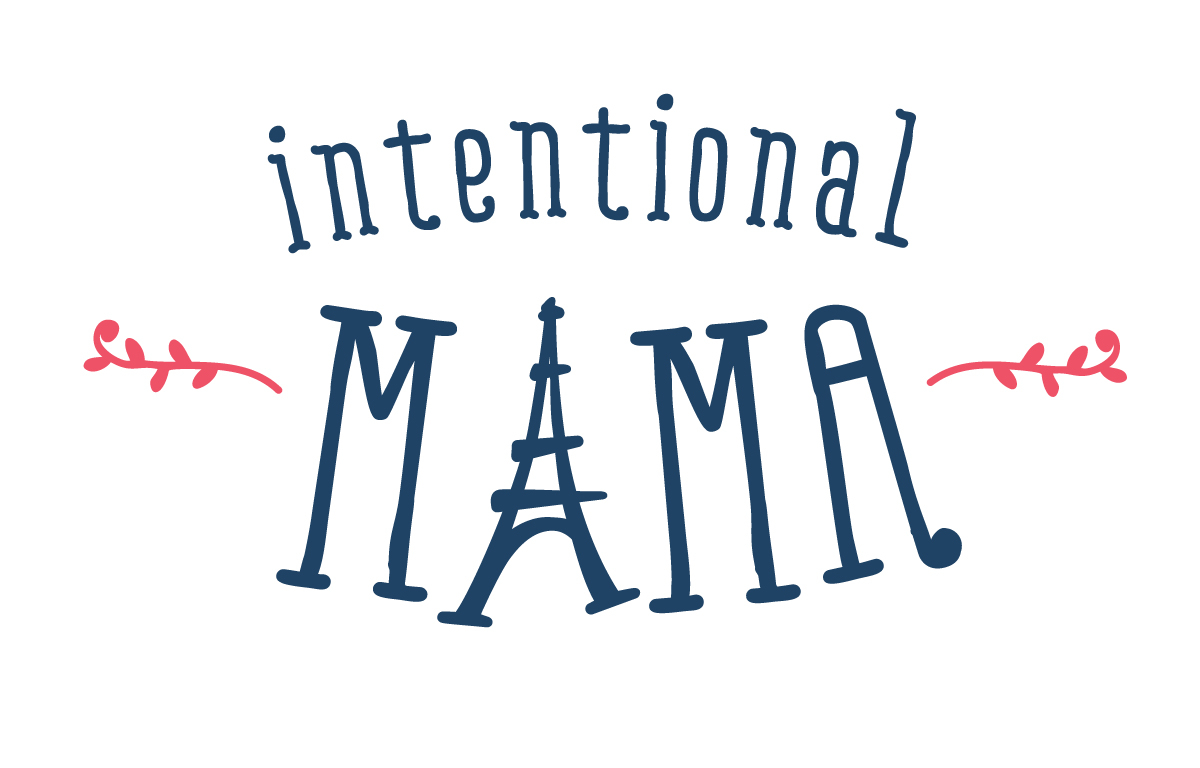Making Your Children's Books Bilingual
When I began reading to my infant daughter, her books weren't difficult to translate into French because the vocabulary was so simple. As she grew a bit older, the texts became a bit more difficult, of course, but my translating became more habitual and almost effortless. Now that she's about to turn five, however, I'm more concerned that the text on the page consistently matches the words that she hears, because I want her to make the phonetic connections that will eventually lead to reading on her own.
Photo via Anthropologie
So when I spotted Les œufs verts au jambon--the French version of Green Eggs and Ham--at Anthropologie last year, I was tempted to buy it even though we already own the English version. But my daughter saw me ogling the book and pointed out that we already own it. She didn't care that our version wasn't in French, because I had always read it in French anyhow. Point taken. But I'd also wanted it because my oral translation is never as good as the written translation--especially when it comes to the rhyming lines of Dr. Seuss.
My translation epiphany came when we visited a new library last fall and discovered their modest collection of children's books in other languages. We borrowed Goodnight Moon, Madeline, and yes, Green Eggs in Ham, all in French, along with native French books. We already owned those three American classics, but I hoped that reading the professional translations would help me memorize the best wording. When it came time to return the books, it dawned on me that I could use the French versions to write translations in our English copies. This is such a basic concept, but as a book lover, the initial idea of writing in children's books was a bit horrifying, like intentionally swearing in church. Which I did once. And I regret it. But I digress.
So in case you've never written translations in your children's books, I encourage you to try it for three reasons:
- Even if you're a native speaker of the language your children are learning, written translations have linguistic precision and convey nuances that oral translation may lack.
- Reading the same text every time encourages you and your child to memorize the phrases word for word.
- Seeing the text while hearing the words helps your child understand the basics of literacy--that written symbols communicate sound and meaning. (Use print rather than cursive script so your child can recognize the letters at an earlier age.)
My handwritten translations in Madeline by Ludwig Bemelmans
What about novels?
Writing translations by hand is only a realistic strategy for young children's books, so I've thought a lot about how I will handle novels in a way that still promotes bilingualism. The language approach we use is OPOL (one parent, one language), and I want to remain consistent in reading to my children in French only. Translating longer books like The Boxcar Children and the original Winnie the Pooh would be cumbersome, and like films, books are best enjoyed in their original language. So my solution is to do a lot of reading aloud as a family. My husband will be the one to read classic English books aloud in English, and I'll stick to reading the French novels with my children. (I'll continue to make use of Les Petits Livres' book rental service, which I wrote about here and for which I am so grateful!)
What children's books do you treasure in your native language(s)? Do you have any tips for encouraging bilingual reading as children grow older?
This post contains Amazon Affiliate book links.



